
Professional Spider Control Services
Professional Solutions for Spider Infestations
While spiders play a beneficial role in controlling other insect populations, their presence in your home can be unsettling and potentially dangerous. Whether you're dealing with common house spiders or more concerning species like black widows or brown recluses, our professional spider control services provide effective solutions to eliminate these eight-legged pests from your home and prevent future infestations.
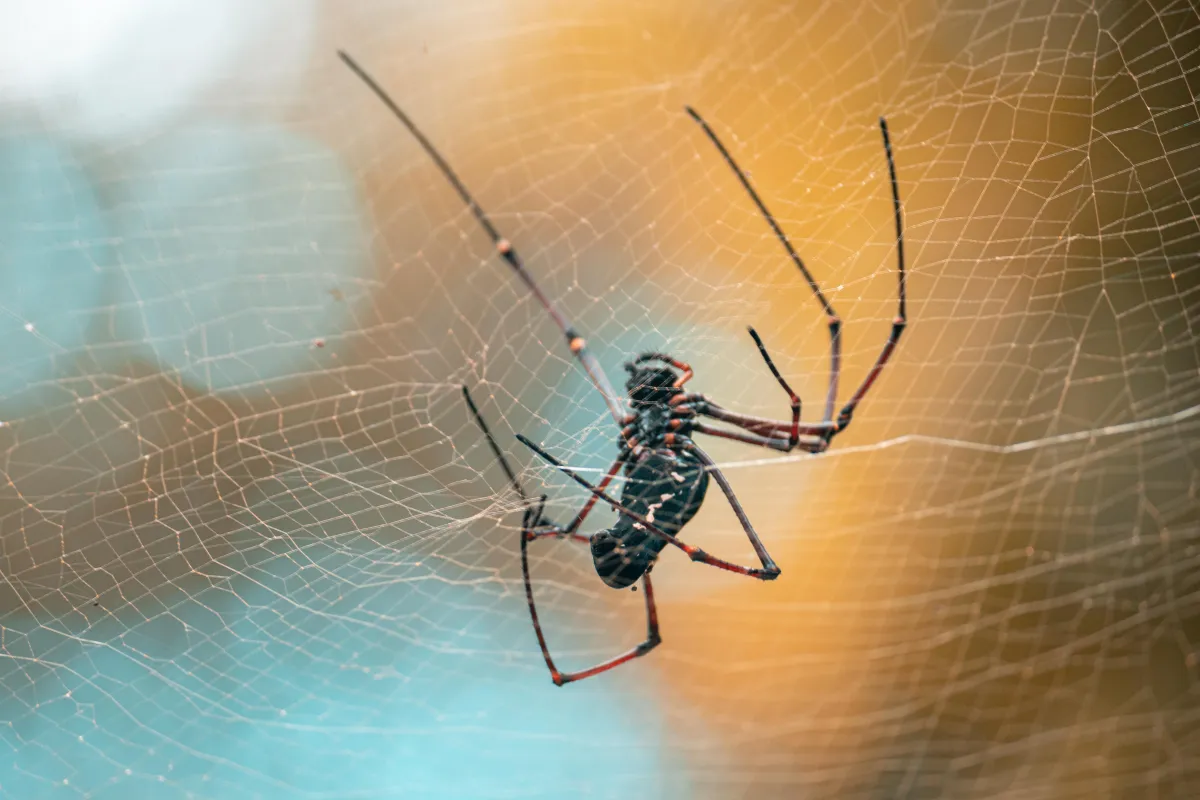
Understanding Spiders
What Are Spiders?
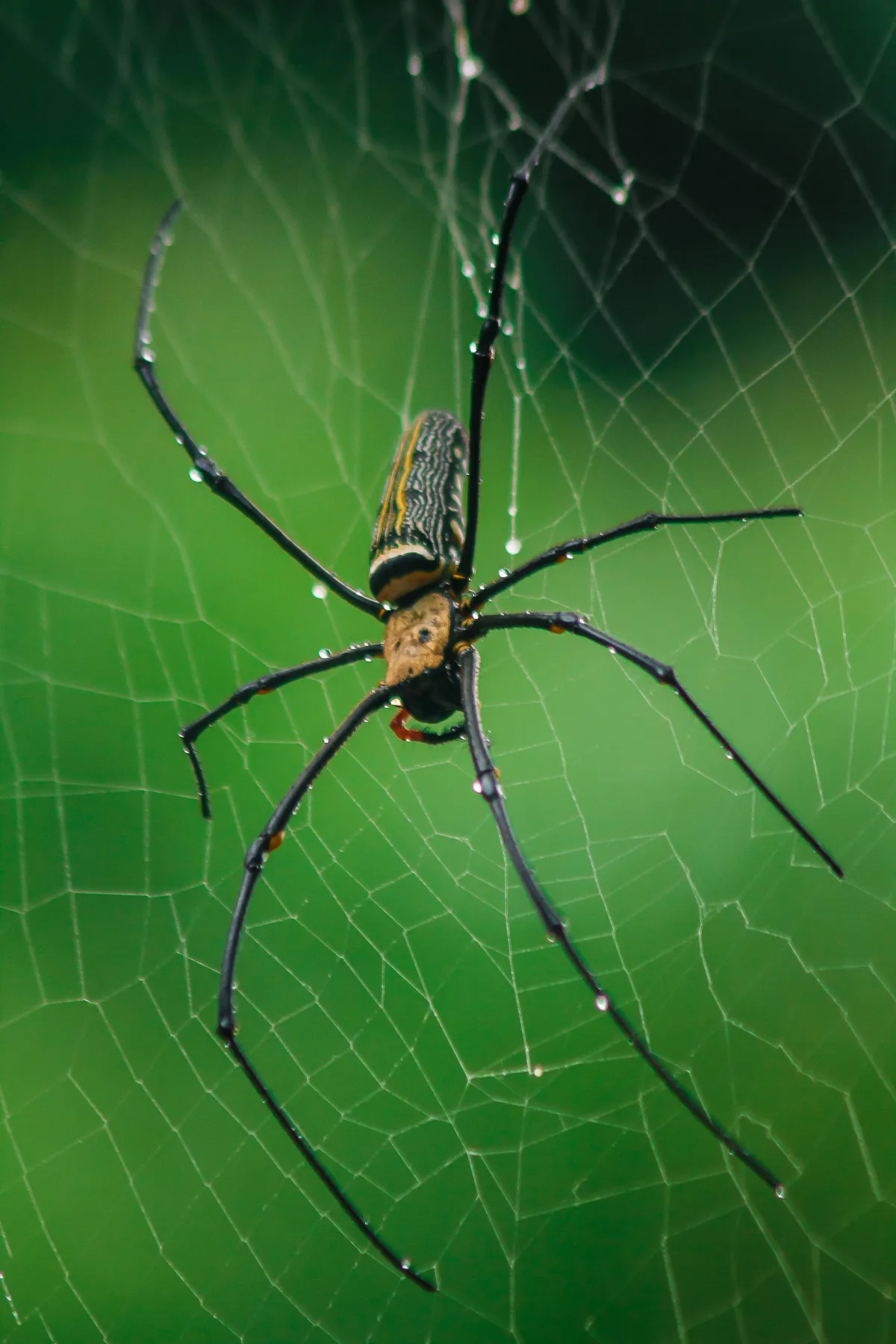
Spiders are arachnids, not insects, and are characterized by their eight legs, two body segments (cephalothorax and abdomen), and lack of antennae. With over 3,800 known species in North America alone, these diverse creatures vary greatly in size, appearance, and behavior. While most spiders are beneficial predators that help control other pest populations, some species can deliver painful or even dangerous bites when they establish themselves inside homes.
Spider Characteristics
Appearance: Eight legs, two body segments, no wings or antennae
Size: Range from tiny (1/8 inch) to several inches in leg span depending on species
Body Structure: Cephalothorax (head and thorax combined) and abdomen
Lifespan: Can live from several months to several years depending on species
Diet: Carnivorous predators that primarily feed on insects and other small arthropods
Common Household Spider Species
Several factors can make your home attractive to spiders:

House Spiders
Size: 1/4 to 3/8 inch body length
Color: Typically brown or gray with patterned abdomen
Behavior: Build irregular webs in corners and undisturbed areas
Concern: Generally harmless but webs create unsightly nuisances throughout the home
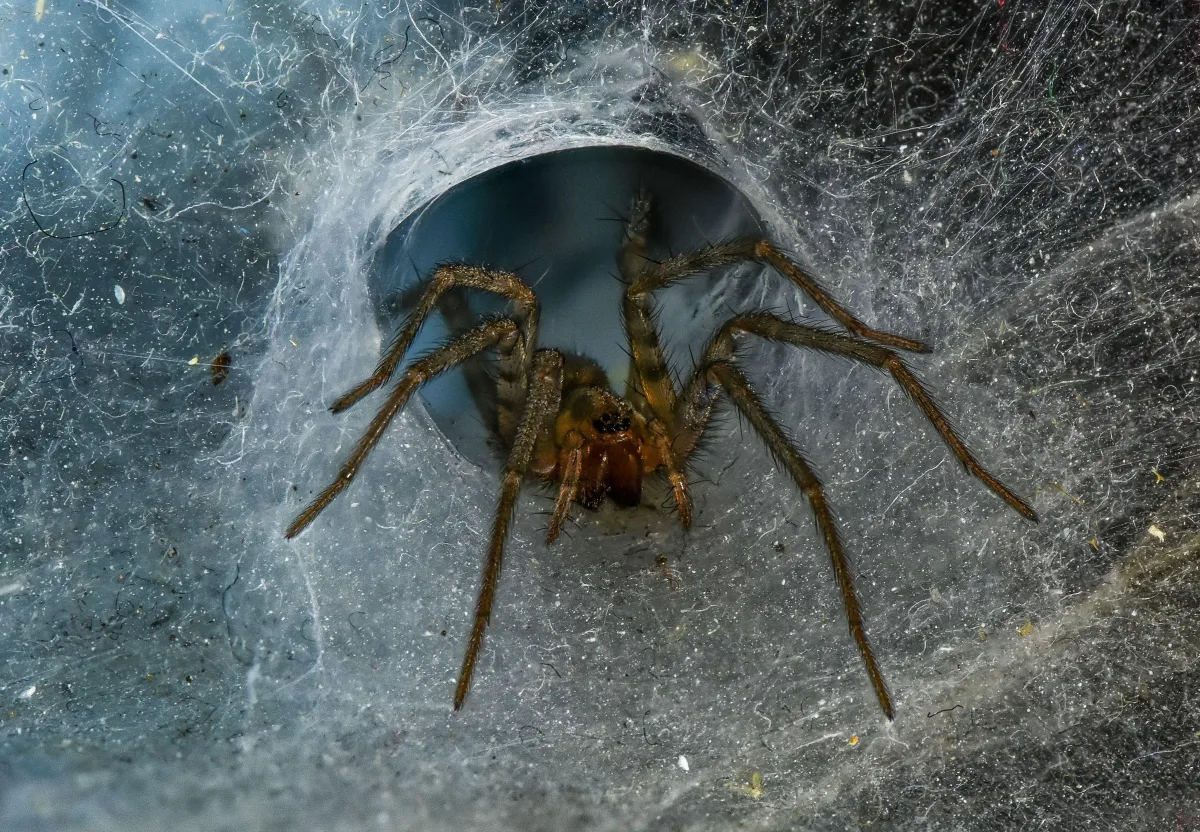
Black Widow Spiders
Size: 1/2 inch body length
Color: Shiny black with distinctive red hourglass on underside
Damage: Build webs in dark, protected areas like garages and woodpiles
Concern: Venomous; bites can cause severe pain and require medical attention
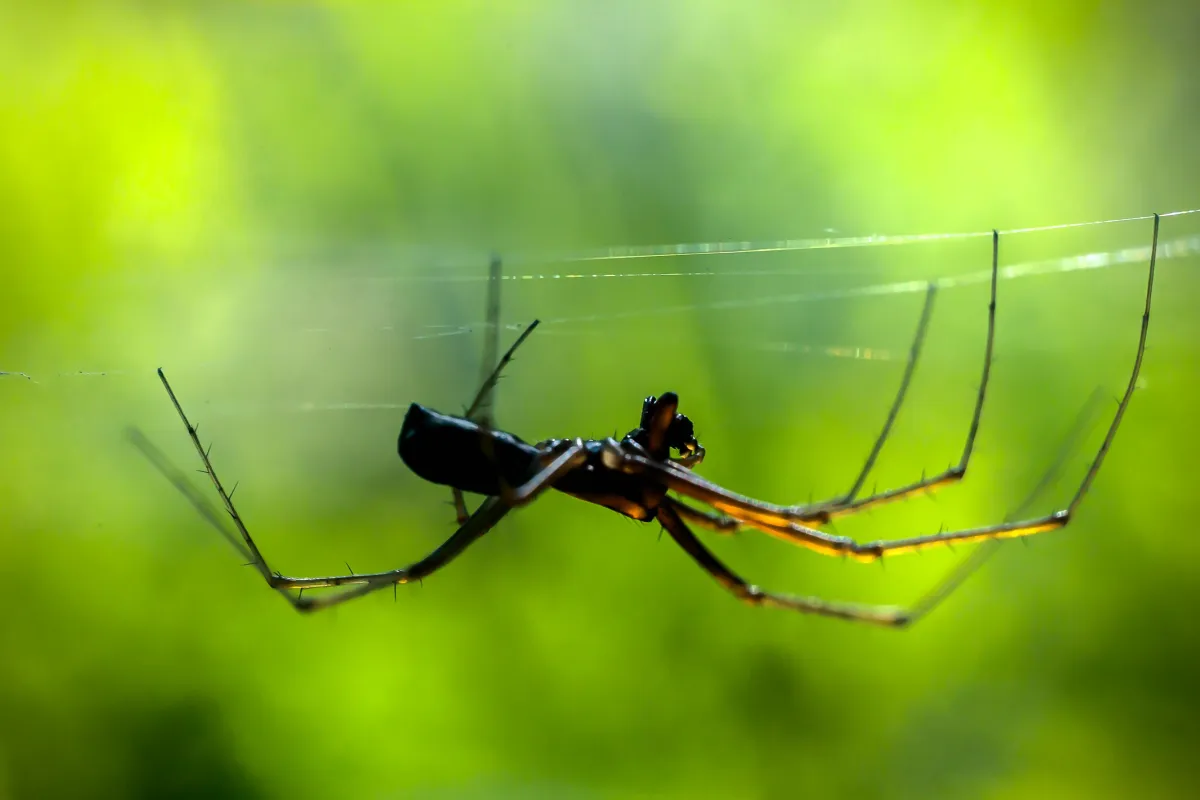
Brown Recluse Spiders
Size: 1/4 to 1/2 inch body length
Color: Light brown with distinctive violin-shaped marking on back brown to black, glossy appearance
Damage: Hide in secluded areas and rarely build webs
Concern: Venomous; bites can cause tissue damage and require medical attention

Tarantulas Spiders
Size: 1.5 to 4.5 inch body length
Color: Brown, black, tan and gray . Many pecies have colorful markings. Their bodies are covered in fine hair-like setae, which serve sensory and defensive purposes.
Damage: Tarantulas have venom, but it is mild for humans—similar to a bee sting
Signs of a Spider Infestation
You may have a spider problem if you notice:
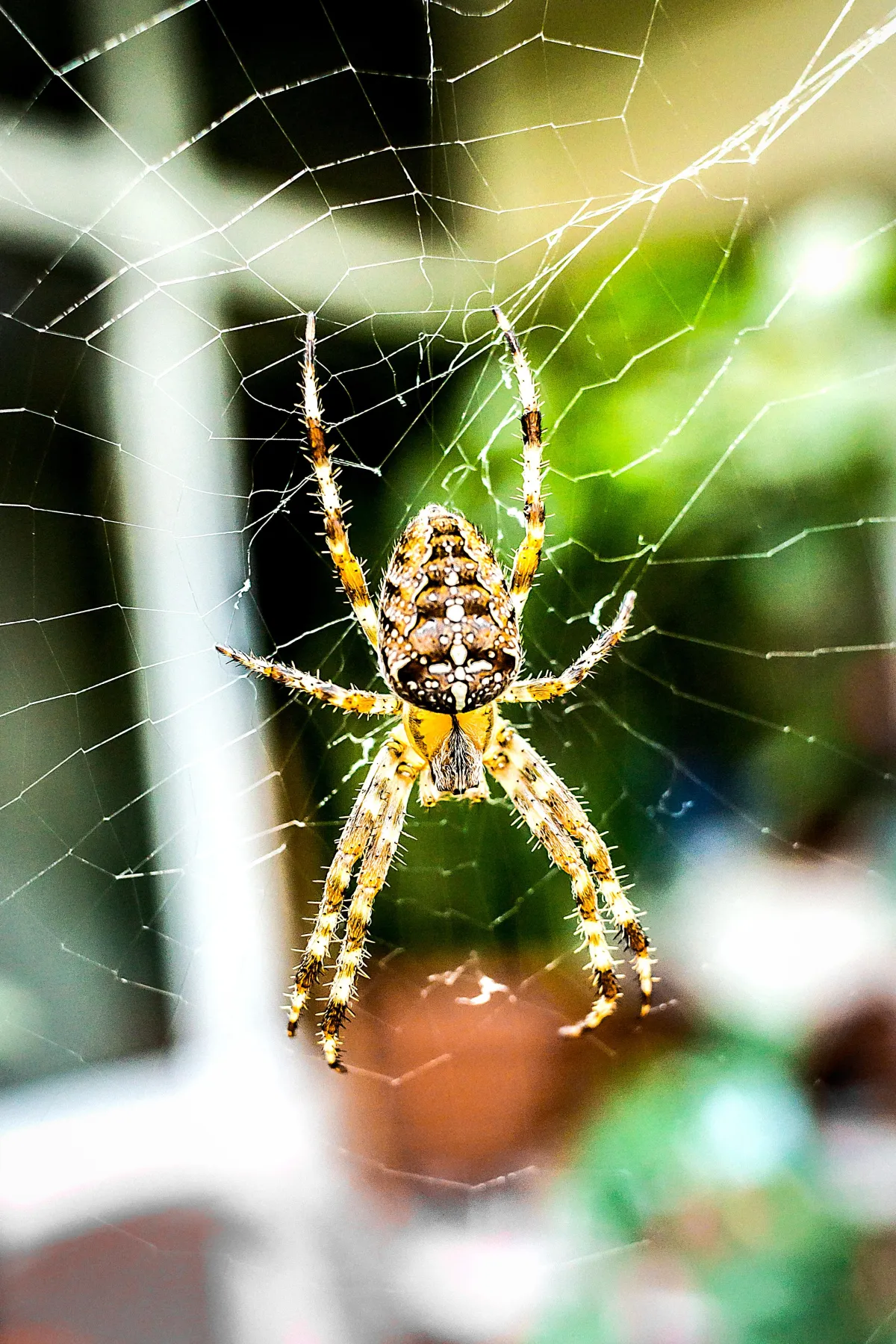
Visible Webs:
Spider webs in corners, between furniture, or along ceilings
Live Spiders:
Actual spiders seen regularly throughout your home
Egg Sacs:
Small, silky spheres that may contain hundreds of spider eggs
Spider Droppings:
Small dark spots beneath webs or in corners
Shed Skins:
Translucent exoskeletons left behind as spiders grow
Hidden Indications
Increased Insect Activity:
More insects in your home, which attract spiders
Undisturbed Areas:
Dusty, seldom-used spaces often harbor spider populations
Nighttime Sightings:
More spider activity observed during evening hours
Recurring Webs:
Webs that reappear quickly after being removed
The Risks of Spider Infestations
Spiders can cause several problems in your home:

Venomous Bites:
Some species like black widows and brown recluses can deliver dangerous bites
Allergic Reactions:
Some people may experience allergic responses to spider bites or presence
Psychological Impact:
Many people suffer from arachnophobia, making spider encounters extremely distressing
Unsightly Webs:
Spider webs can accumulate quickly, creating an unkempt appearance
Indication of Other Pests:
A large spider population often signals the presence of other insect pests
Our Comprehensive Spider Control Approach
We take a multi-faceted approach to spider control:

Thorough Inspection
Our technicians will conduct a detailed inspection to:
Identify the spider species present
Locate active webs, egg sacs, and hiding spots
Determine entry points and conducive conditions
Assess the extent of the infestation
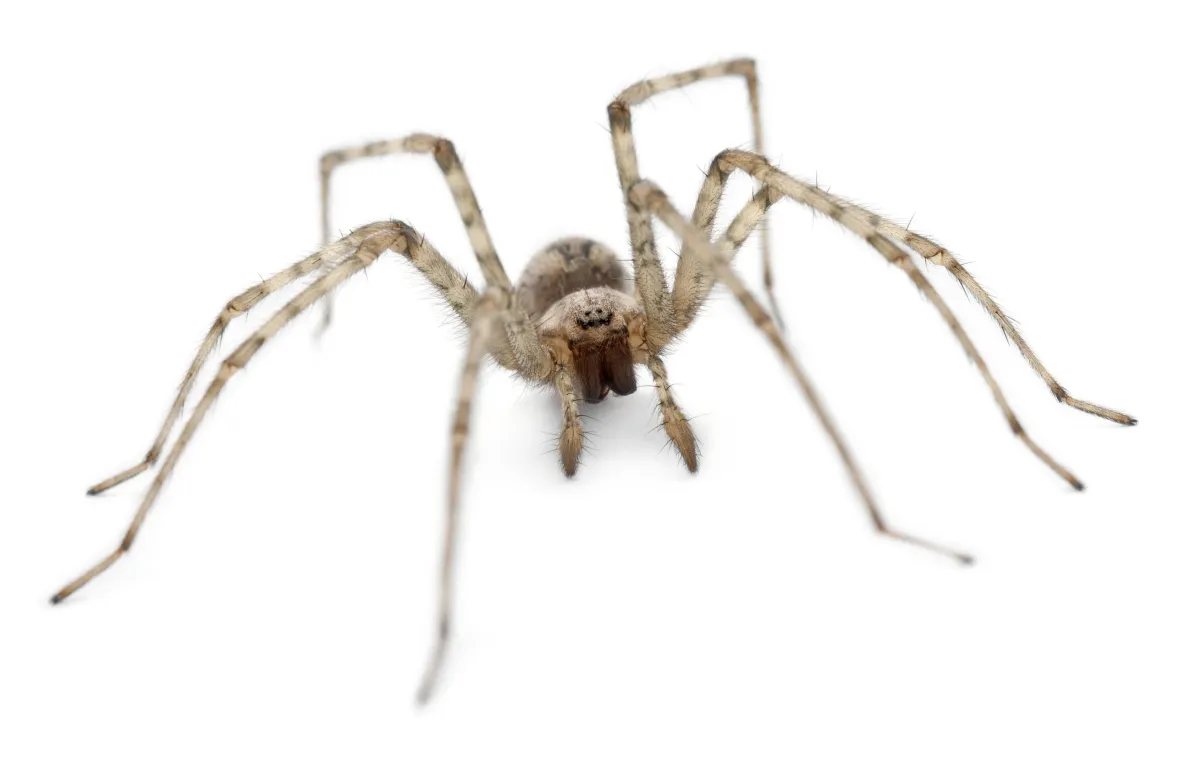
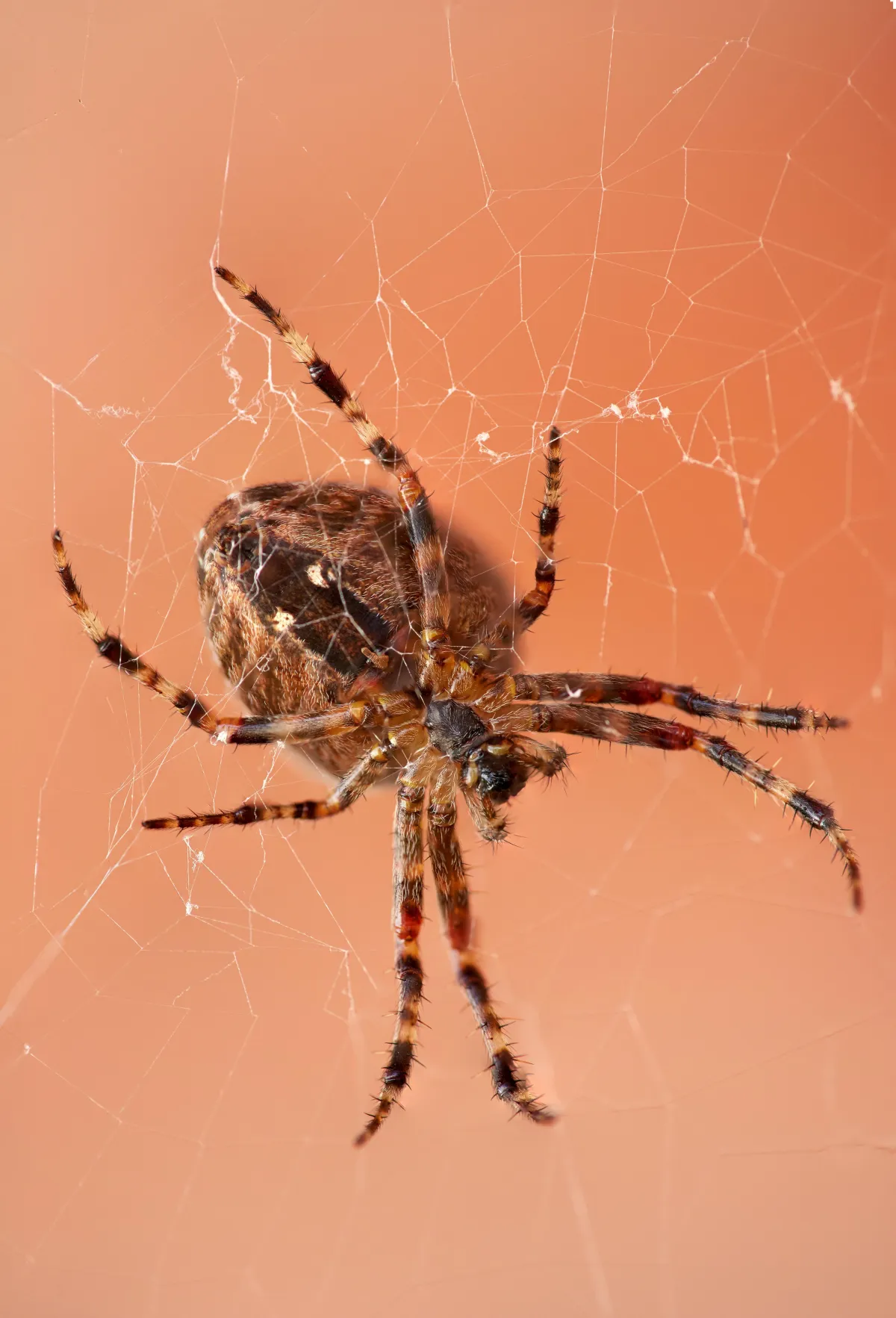
Customized Treatment Plan
Based on our findings, we'll develop a tailored spider control strategy that may include:
Exterior Treatments
Targeted applications to eaves, foundation, and other common spider harborage areas
Web removal from building exteriors
Perimeter treatments to prevent spiders from entering
Interior Treatments
Precision treatments to cracks, crevices, and other spider hiding places
Removal of existing webs and egg sacs
Application of residual products for long-term control
Insect Prey Management
Control of other insects that attract spiders
Reduction of conditions that support insect populations
Recommendations for lighting changes to reduce insect attraction
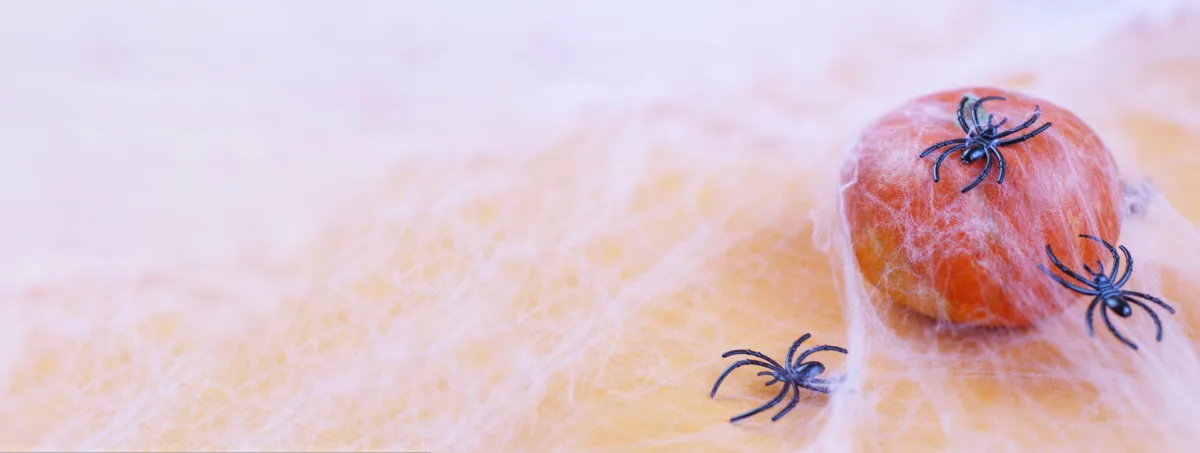
Prevention Strategies
We'll help prevent future spider problems by:
Sealing entry points where spiders can access your home
Recommending lighting changes to reduce insect attraction
Suggesting vegetation management to reduce harborage areas
Recommending storage modifications to eliminate hiding spots
Follow-Up Protection
Our commitment to spider control includes:
Scheduled follow-up visits to ensure complete elimination
Ongoing monitoring for signs of reinfestation
Additional treatments as needed
Continuous protection against future spider problems
Spider Prevention Tips
To help keep spiders away from your home:
Home Maintenance
Seal entry points: Caulk cracks around windows, doors, and foundations
Install screens: Ensure windows and vents have tight-fitting screens
Reduce clutter: Minimize storage items and organize necessary belongings
Regular cleaning: Vacuum and dust frequently, especially in corners and under furniture
Outdoor Maintenance
Manage vegetation: Keep plants trimmed away from your home's exterior
Store firewood properly: Keep woodpiles elevated and away from the house
Adjust lighting: Use yellow "bug lights" instead of white lights outdoors
Remove debris: Keep your yard clear of leaf litter and other spider habitats
Moisture Control
Fix leaks: Repair any plumbing issues promptly
Improve ventilation: Use fans or dehumidifiers in damp areas
Maintain gutters: Keep gutters clean to prevent water accumulation near your foundation
The Risks of Spider Infestations
Spiders can cause several problems in your home:
Health Concerns
Venomous Bites: Black widow and brown recluse spiders can deliver painful, potentially dangerous bites
Allergic Reactions: Some people may experience allergic reactions to spider bites
Secondary Infections: Scratching spider bites can lead to skin infections
Quality of Life Issues
Psychological Impact: Many people suffer from arachnophobia, making spider encounters extremely distressing
Unsightly Appearance: Spider webs create an unkempt appearance in homes
Indication of Other Problems: Spider infestations often indicate other pest issues or home maintenance needs
Our Spider Control Guarantee
We stand behind our services with our satisfaction guarantee. If spiders return between scheduled treatments, so will we—at no additional cost to you.
Frequently Asked Questions
Get answers to common questions about spiders
Are spiders dangerous?
While most spiders are harmless to humans, some species like the black widow and brown recluse have venom that can cause serious reactions. However, spider bites are relatively rare as most spiders only bite when directly threatened or handled. The majority of household spiders actually benefit the environment by controlling other insect populations. That said, if you have venomous spiders in your home, professional control is recommended, especially for households with children, elderly individuals, or people with compromised immune systems.
Do house spiders bite?
Most common house spiders can bite, but rarely do unless they feel threatened or are accidentally pressed against skin. Their fangs are often too small to penetrate human skin, and their venom is typically not harmful to humans. When house spider bites do occur, they usually cause minor symptoms like mild pain, redness, or itching. However, if you experience severe symptoms after a suspected spider bite, such as intense pain, swelling, muscle cramps, or difficulty breathing, seek medical attention immediately as these could indicate a bite from a more dangerous species.
When are spiders most active?
Spiders are generally more active during warm months (spring through fall), with peak activity occurring in late summer and early fall when many species reach maturity and mate. Most spiders are nocturnal, becoming more active during evening hours when they hunt for prey. Indoor spiders may be active year-round due to consistent temperatures, but you might notice increased activity in autumn as outdoor spiders seek shelter from cooling temperatures. You may also observe more spider activity after weather changes, such as heavy rains, that displace them from their usual habitats.
What attracts spiders in your house?
Spiders are primarily attracted to your home by food sources (other insects that spiders prey upon), shelter (undisturbed areas like attics, basements, and seldom-used rooms), moisture (many spider species prefer damp environments), entry points (cracks, gaps, and openings that allow easy access), and lighting (exterior lights that attract insects, which in turn attract spiders). Clutter provides hiding places, while indoor heating during colder months provides warmth. Addressing these attractants can significantly reduce spider populations in your home.
How do exterminators get rid of spiders?
Professional exterminators use a multi-faceted approach to spider control that includes thorough inspection to identify spider species and harborage areas, web removal to physically eliminate existing webs and egg sacs, targeted treatments applied to cracks and hiding spots, perimeter treatments to create a protective barrier, dust applications in wall voids and attics, and monitoring to track activity. Recommendations for sealing entry points and follow-up treatments ensure long-term control. This comprehensive approach is more effective than DIY methods for persistent or severe infestations, especially when dealing with potentially dangerous species.
Ready for Spider-Free Living?
Don't let spiders make your home uncomfortable. Our professional spider control services provide effective, lasting solutions to eliminate spiders and their webs. 100% Satisfaction Guarantee Licensed & Insured Technicians Same-Day Service Available
We guarantee your satisfaction—if spiders return between scheduled treatments, so will we at no additional cost.



COMPANY
LEGAL
Contact
© Copyright 2025. Desert Shield Pest Control. All Rights Reserved.
